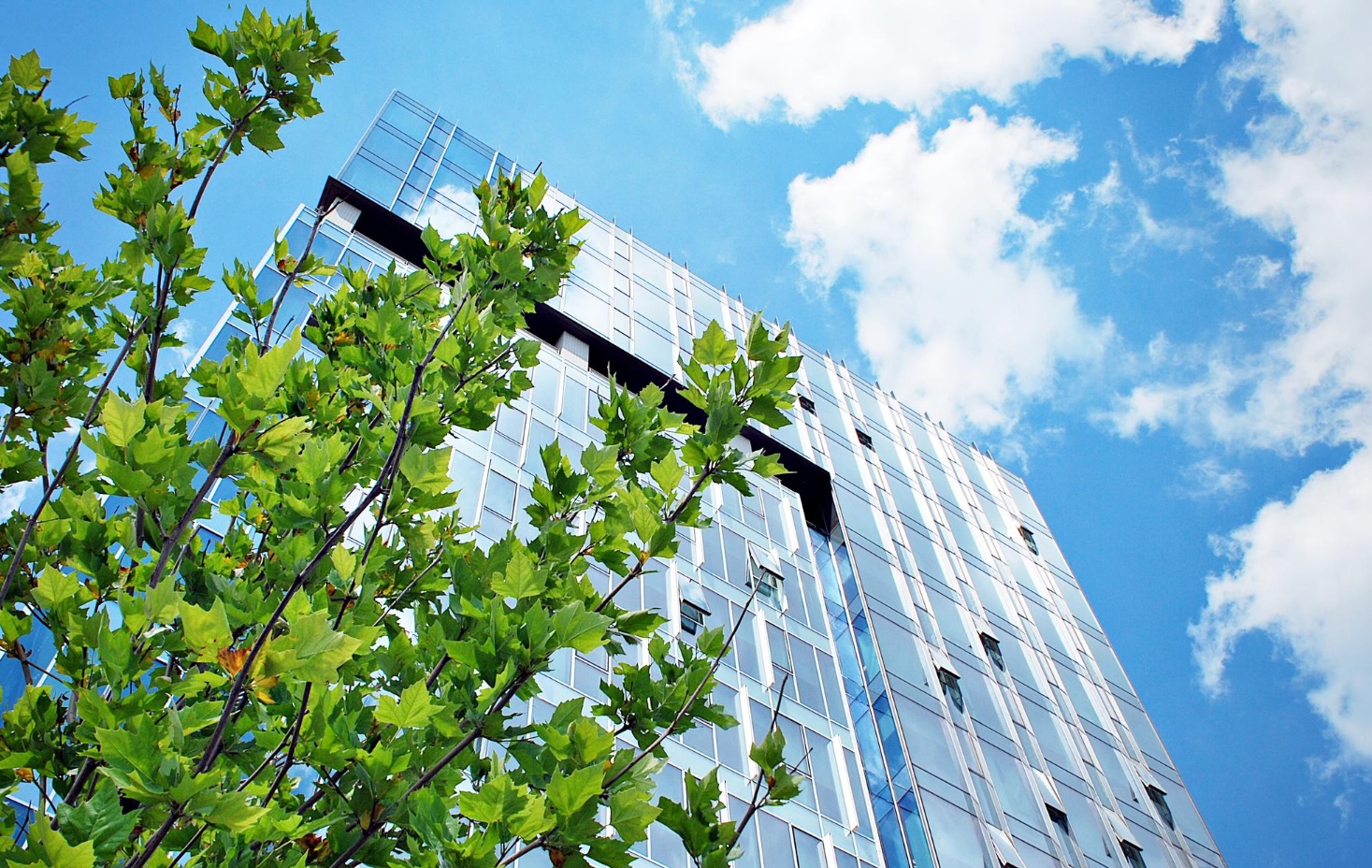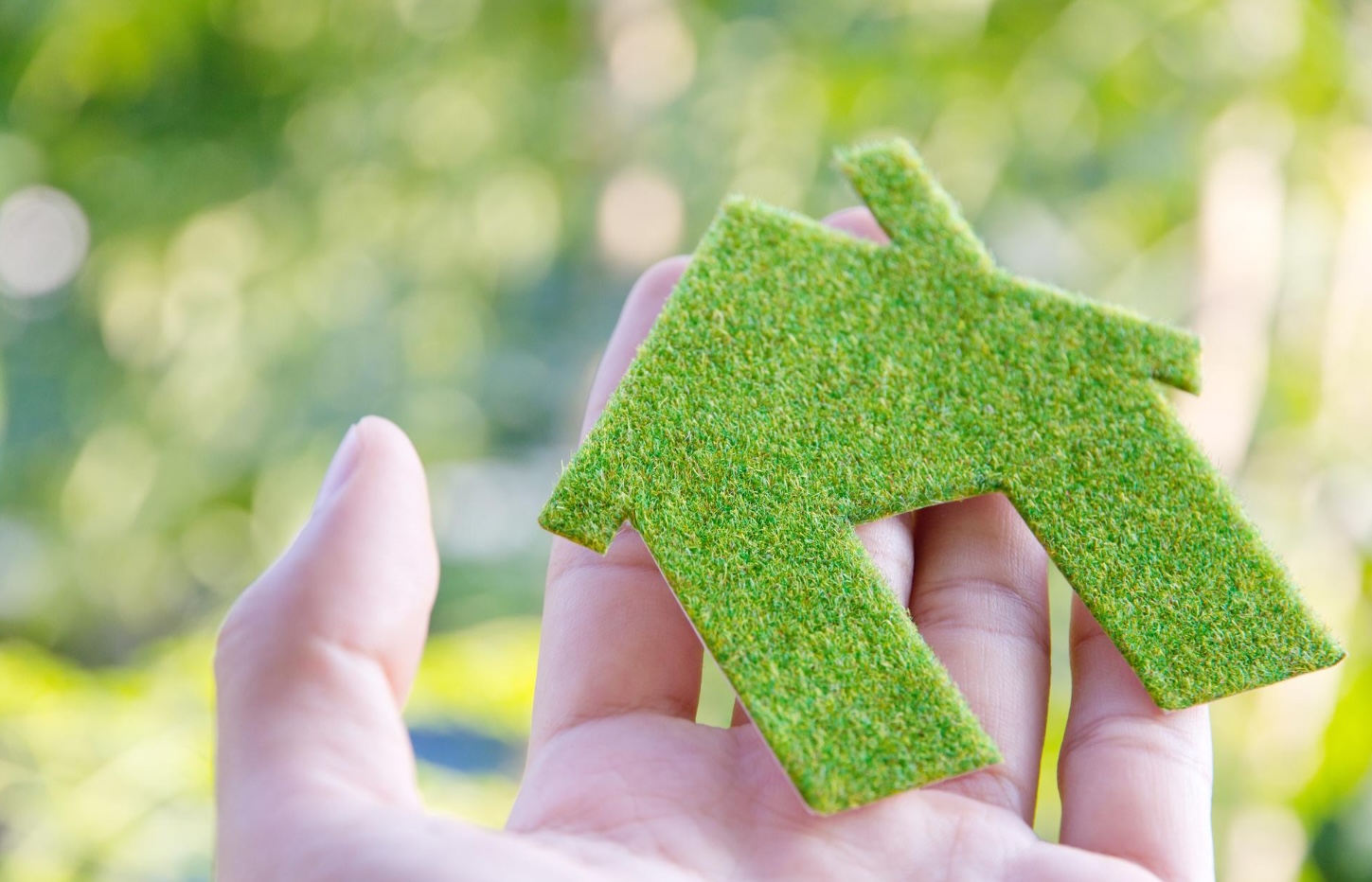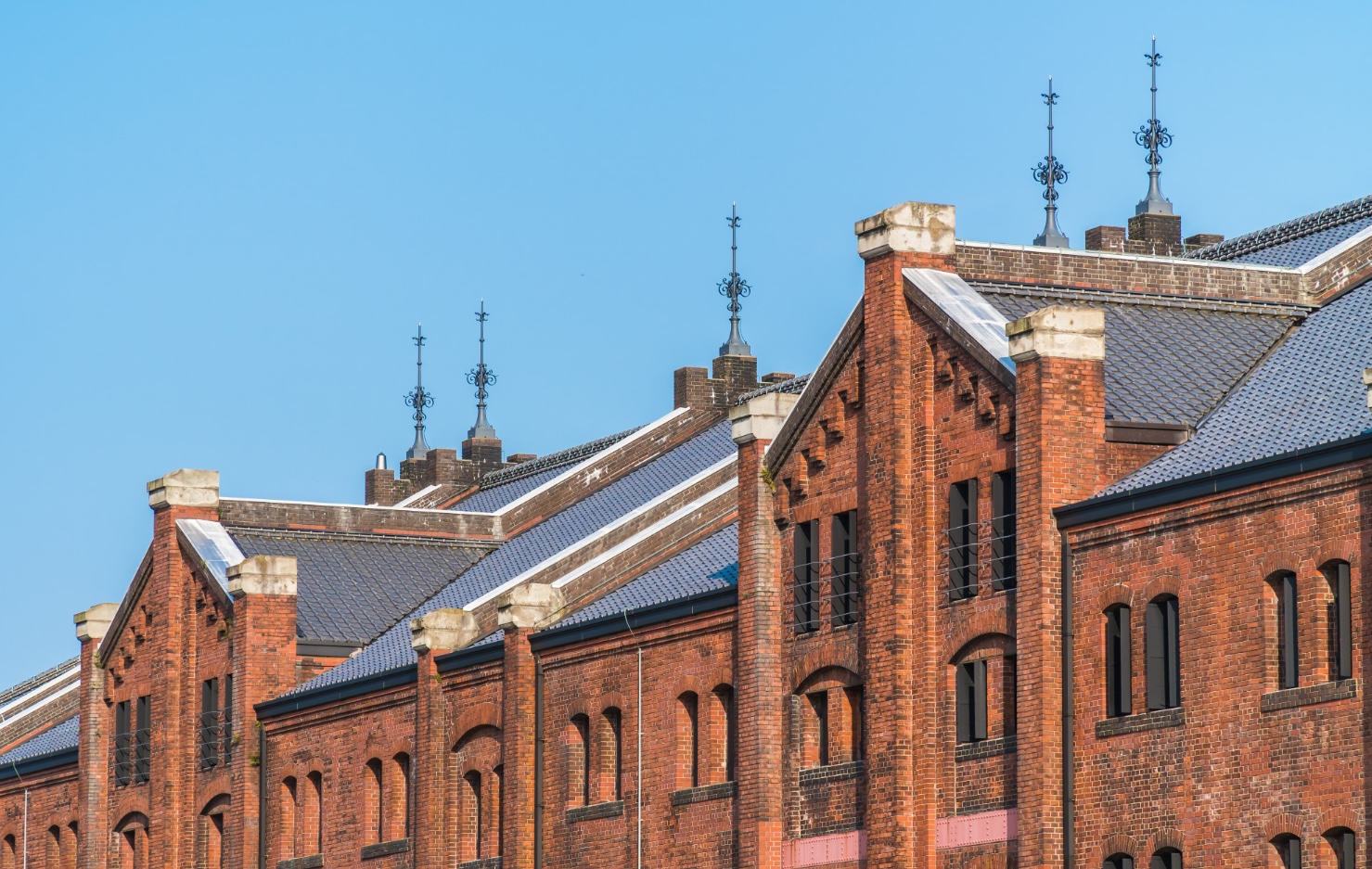Urban Redevelopment and Coworking: How Shared Spaces Are Shaping the Future of Work
Real Estate Redevelopment Is No Longer Just About the Architectural Restoration of Spaces, but Also About Their New Role in Society. One of the most significant examples of this transformation is coworking: shared and flexible spaces that combine sustainability, innovation, and new ways of working.
ZEmB 2025 in Italy: Challenges, Opportunities, and What Changes in Zero-Emission Construction
In 2025, European construction takes a leap toward climate neutrality with the adoption of stricter requirements for zero-emission buildings (Zero Emission Building, ZEmB). Italy faces this change in a context of regulations to be transposed, investments to be relaunched, and opportunities for innovation. Here’s what to know today, the latest updates, and how to get ahead.
EU Green Deal 2025: What’s Changing for Real Estate and Urban Regeneration
The 2025 update to the European Green Deal brings significant changes for the real estate sector and urban regeneration policies. The new strategic package places greater emphasis on energy efficiency, the reuse of existing building stock, and sustainable urban planning. The aim is to align the built environment with the goals of decarbonization, resource optimization, and circular economy.
Urban regeneration: how to bring abandoned properties in the city back to life
Italy’s urban real estate heritage is rich in disused buildings: former factories, decommissioned schools, abandoned palaces. Redeveloping them doesn’t just mean improving energy efficiency — it means restoring value to entire neighborhoods, contributing to both environmental and social sustainability
Green Homes Directive: National Plans Approved. What Changes for Homeowners and Buyers?
On Wednesday, June 12, 2025, the European Commission published the guidelines for drafting national building renovation plans. This represents a crucial operational step in implementing the Green Homes Directive (EPBD – Energy Performance of Buildings Directive), which was officially approved last March.
Land with Foundations for Wind Turbines: The Green Investment That Starts from an Auction
In the real estate auction landscape, plots of land with pre-built foundations for wind turbines are becoming increasingly common. These are strategic assets for those seeking investments aligned with the green economy and long-term returns, by leveraging the transparent and advantageous opportunities offered by online auctions.
Find our news

Get the most out of your assets.
Discover how to transform your
real estate into financial resources.







